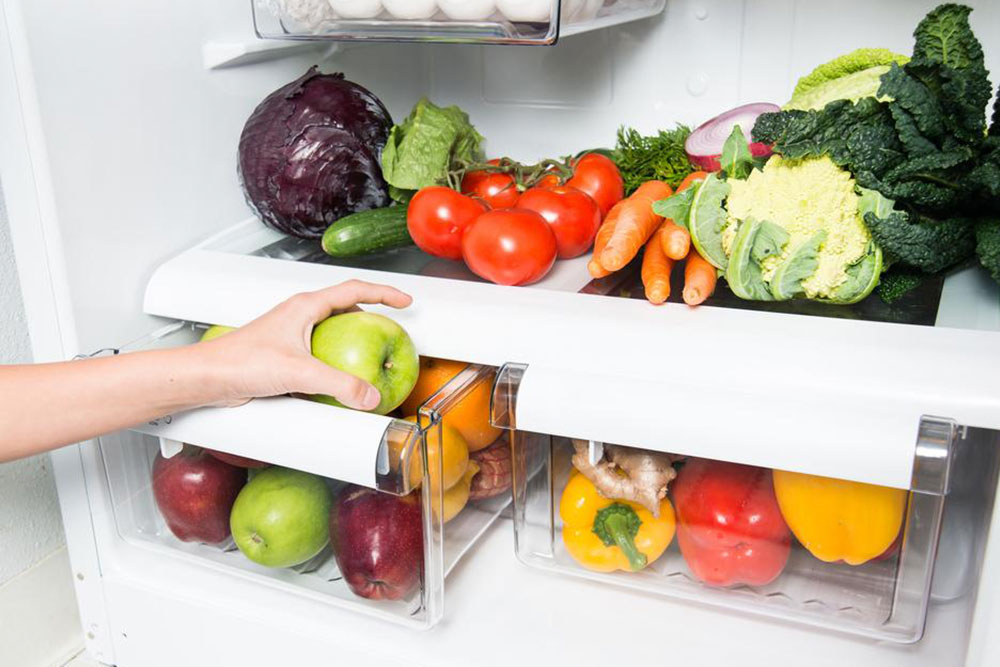
Refrigerating Foods and the Process of Preservation
The primary objective of using a refrigerator is to protect perishable food. If commodities such as vegetables and fruits are not stored at recommended temperatures, they become prey to discharge of water, decay caused by bacteria or chemical reactions. This leads to the loss of nutritional value of the produce in question. These conditions also persist in items such as meat, pre-cooked meals, fish, dairy products, baked goods, and beverages. Here is a list of queries on the internal structure and working of a refrigerator.
1. How does refrigeration help?
Fermentation and ripening are results of internal chemical reactions and bacterial growth. This causes the food to rot and become moldy. Storing food at a low temperature can slow down these reactions and bacterial growth to a large extent.
2. What are the basic components of a refrigerator?
- Compressor
- Heat exchanging pipes (outside the unit)
- Expansion valve
- Heat exchanging pipes (inside the unit)
- Refrigerant (a liquid that creates the cold temperatures inside the refrigerator by evaporation)
3. What are the components of refrigeration?
There are five steps to the cycle:
- Generator – Generates ammonia gas
- Separator – Ammonia gas is separated from the water
- Condenser – Hot ammonia gas is converted to liquid ammonia by way of cooling
- Evaporator – Liquid ammonia evaporates to become a gas that forms the cool temperature in a refrigerator
- Absorber – Ammonia gas is absorbed into the water
4. How does the cycle of refrigeration work?
The ammonia and water solution present in the generator are subjected to heat. The solution flows into the separator as the mixture reaches the boiling point of ammonia. The ammonia gas flows upward into the condenser, dissipates heat, and converts back to a liquid. The liquid ammonia mixes with hydrogen gas in the evaporator and produces cold temperature inside the refrigerator box. The ammonia and hydrogen gases flow to the absorber where the water collected in the separator mixes with the ammonia and hydrogen gases. The hydrogen gas released flows back to the evaporator. The ammonia forms a solution with the water. This solution flows towards the generator to continue the cycle.
5. Why do refrigerators have heaters attached to them?
Refrigerators are not only tasked with keeping food cold but also in making sure the food doesn’t become too cold. The heater performs various functions such as heating the evaporator coils to melt residuary frost.
6. What are some food products that must not be refrigerated?
- Potatoes
- Onions
- Tomatoes
- Garlic
- Bread
- Honey
- Avocados
- Bananas
- Melons
- Olives
7. Is there a list of products with a determined shelf life in a refrigerator?
- Pasteurized whole milk – 12 to 14 days (flavored and skimmed milk have a shorter shelf life)
- Ricotta, cream cheese and cottage cheese – One to two weeks
- Salted butter – Four weeks
- Unsalted butter – Two to three weeks
- Yogurt – Four to six weeks



